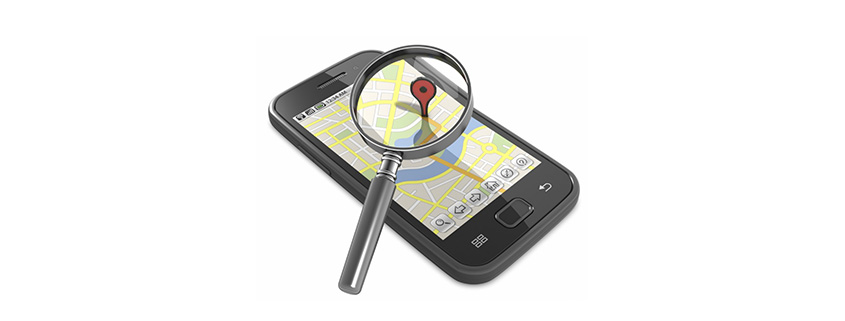IN-STORE SEARCHES
Research shows link between mobile searches and in-store shopping.
A new study has revealed how important mobile devices have become to in-store shopping. It says retailers need to adjust their behavior to meet changing customer behavior. The research is based on the online activity of 3m UK shoppers. It finds that 77 per cent of online searches that focus on matching prices, and 84 per cent of searches that focus on product reviews, start on a mobile device. An average of 62 per cent of all retail searches are initiated on a mobile device.
The results show that shoppers are comparing prices and looking up reviews while in-store, before buying. It adds that 77 per cent of searches for ‘sale’ and 66% of searches for ‘voucher’ also come from mobile devices, suggesting shoppers can equally be driven to purchase by the information they find online. The study suggests strategies such as strategic issuing of online coupons to capitalize on the behavior.
Through the strategic issuing of online coupons, for example, retailers can win over customers when checking their smartphone in-store and encourage them to purchase with an added discount.
It seems many shopper prefer to use a mobile phone even for information they would previously have found in-store: at least 71 per cent of online searches for retailer returns policies take place on mobile devices.
Many experts say: “Shoppers are using their mobile phone or tablet as a tool to search for more choice and find the best deal… by giving products in-store and online the same price tag, the customer is more likely to feel satisfied with their purchase and less likely to buy from other retailers instead. An integrated strategy also helps the retailer’s brand image appear more reliable, encouraging customers to feel comfortable using the online platform. Understanding the roles played by different devices at each stage of the customer’s journey to purchase is key to developing a strategy that engages shoppers and motivates them to buy. A retailer should avoid limiting a customer’s choice to a certain product and instead present a range of items across online and bricks and mortar stores to ensure demand for options is reflected as part of a complete retail experience.”




